Look for a fun and easy recipe at the end of this article!
Basics: Ranges combine a cooktop with 4-6 burners and an oven that bakes and broils in one appliance. They use either gas (natural or propane) or electric. Some ranges are dual fuel with gas burners and electric ovens. The information in this newsletter also applies to cooktops and ovens that are separate appliances.
In Part 1 we tell you about some features of electric and gas ranges. Your owner’s manual is an excellent resource for getting the most out of your appliance, especially with more sophisticated models. Most manuals are also available online.

Temperature Control:
Electric burners take time to heat up and cool down. They also take time to adjust temperatures. The “warm” setting is unique to electric cooktops.
Cookware:
Flat-bottomed stainless steel pots and pans with heavy bottoms are best. They will store heat and distribute it evenly.
Cleaning:
Coiled burners will typically burn off any spills. The drip bowls underneath can be easily taken out for cleaning. For larger spills, wait until it’s cool, then learn how your cooktop “opens”; most models are hinged and open just like a car hood. This will allow you to clean underneath the burners.
Smooth tops require more care. They can scratch and stain. Spills should be cleaned immediately and abrasive cleaners should be avoided unless stated otherwise in the owner’s manual.

Ranges with gas cooktops can have 4-6 burners and may have features such as a grill or griddle.
Temperature Control:
Temperature Control is instantaneous. Professional grade gas cooktops may have two settings on each burner – regular and simmer.
Cookware:
Flat-bottomed stainless steel pots and pans with heavy bottoms are best. They will store heat and will distribute it evenly. Other types of cookware can also be used.
Cleaning:
Spills on grates and burners will usually burn off or you can scrape the residue off. Larger spills should be cleaned as soon as the affected area has cooled off. If the burner orifices get clogged, you’ll notice uneven flames. To unclog orifices, gently poke a wooden toothpick through. Use of a metal tool, such as a skewer or paper clip, should be done with care.
*Has your burner ever started clicking by itself and doesn’t stop? Either a spill or too much cleaning solution has gotten the ignitor switch wet. Wipe up any excess liquid. Unless the switch is damaged, it should eventually stop clicking.

Ranges with electric ovens typically have a bake/broil element attached to the top of the oven cavity.
Temperature Control:
Electric ovens take time to heat up and cool down. They also take time to adjust the temperature. They offer the most uniform heating because of this.
Bakeware:
Metal pans will promote browning. Food baked in glass and dark metal pans will take a little longer to be done.
Cleaning:
Oven racks can be removed and cleaned as needed. Spills should be wiped up as soon as the oven has cooled to avoid smoking and burning during the next use. When using a chemical oven cleaner, follow the directions very carefully; the fumes are noxious and the chemical is caustic. If you have a self-cleaning oven, try to scrape up and remove any residue from the bottom of the oven cavity before you start. Follow the manufacturer’s instructions and don’t try to force the oven door open until the cycle is completely finished.

Temperature Control:
Gas flames from the burner cycle on and off. This may cause the temperature to fluctuate. If the burner is dirty or old, it may not light uniformly, causing uneven baking across the oven.
Bakeware:
Metal pans will promote browning. Food baked in glass and dark metal pans will take a little longer to be done.
Cleaning:
Oven racks can be removed and cleaned as needed. Spills should be wiped up as soon as the oven has cooled to avoid smoking and burning during the next use. Do not line the bottom of the cavity with foil; it may cover the vents which let the heat from the burner into the oven cavity. When using a chemical oven cleaner, follow the directions very carefully; the fumes are noxious and the chemical is caustic. If you have a self-cleaning oven, try to scrape up and remove any residue from the bottom of the oven cavity before you start. Follow the manufacturer’s instructions and don’t try to force the oven door open until the cycle is completely finished.
Look for Part 2 where we will share tips for using both types of ranges for great results!

Here is a fun and easy recipe for “Crownies”.
They’re two-layer bars with chocolate chip cookie on the bottom and brownie on top.
- Spread chocolate chip cookie dough across the bottom of an 8×8 or 9×9 baking dish (No need to grease the pan).
- Prepare brownie batter according to the directions on the box and pour it over the top of the cookie dough. Spread the batter evenly across the top making sure it touches all the edges. Add sprinkles if desired.
- Bake according to the brownie directions, using a toothpick to check for doneness.
- Cool completely before cutting.
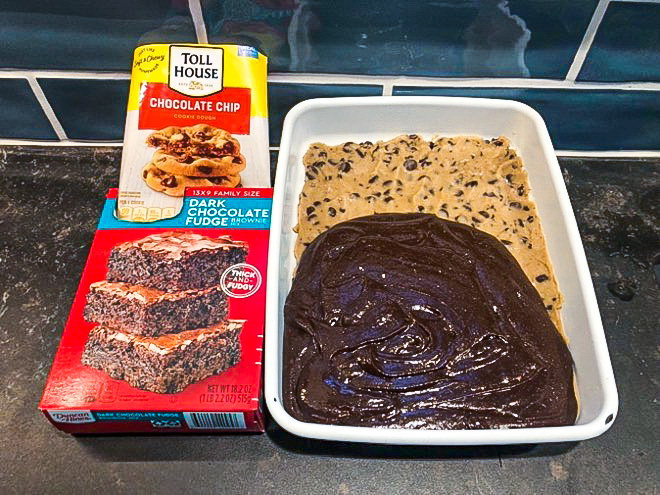
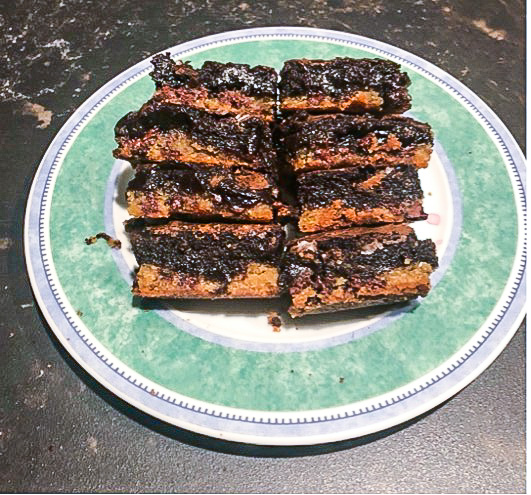
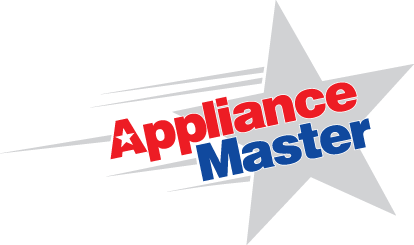
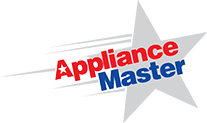


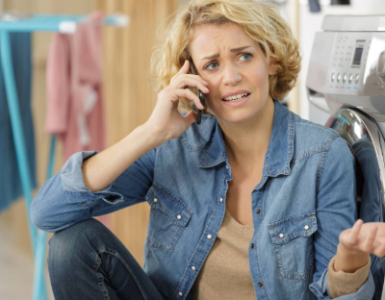

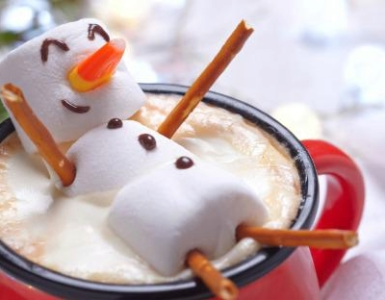

Add comment